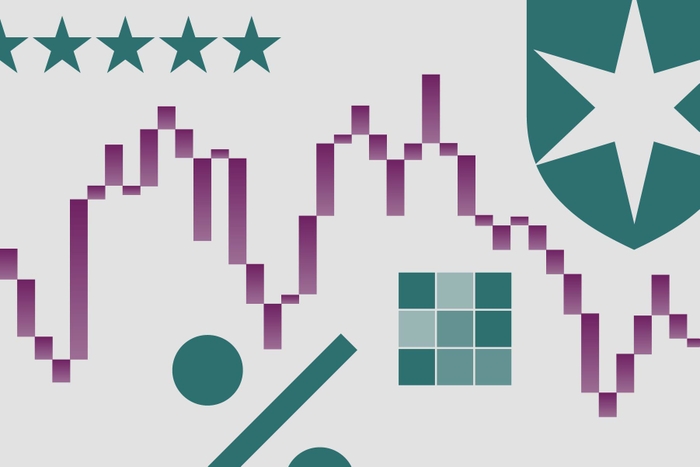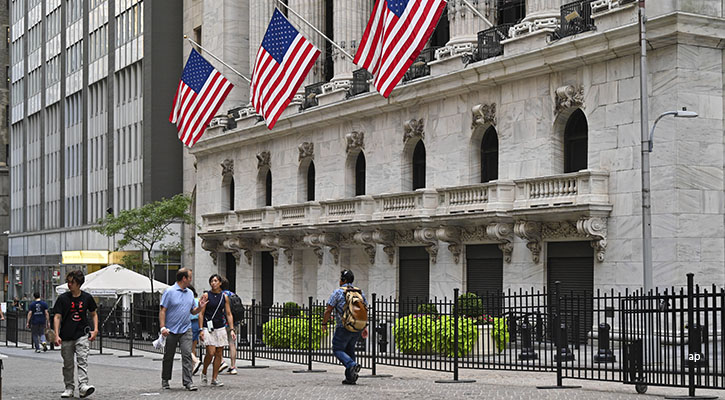The first-ever US exchange-traded fund (ETF) recently celebrated its 20th anniversary. Launched in January 1993 by State Street Global Advisors with just $6.5 million in assets, the SPDR S&P 500 ETF (SPY; S27, cross-listing of SPY in Singapore) is today the world’s largest, with assets in excess of $120 billion. It is also the most actively traded security on the planet.
Back in the early 1990s, SPY—known as “Spider” among traders—was seen as a ground-breaking innovation that improved access to the market for investors. And yet, at the time very few could have imagined that ETFs would transform the way in which investors, advisers and institutions build and maintain portfolios.
The ETF was initially conceived to serve a fairly narrow purpose, namely to have a transparent asset-backed vehicle able to trade in real time as close as possible to fair value in all market conditions. The earliest adopters of the product were institutional investors looking to equitise cash, access diversified and broad equity market exposure, and hedge risk and volatility.
Over time, as the ETF market grew and new products became available, the multitude of uses and ability to express different investment views through various exposures broadened its appeal to include all types of investors. Today, the industry counts more than 5,000 ETFs and other exchange-traded products (ETPs), with almost $2 trillion in assets worldwide. Global ETP assets have increased 16-fold over the past 10 years, making ETPs the fastest-growing investment product of the decade.
ETPs have surged in popularity partly because of the numerous advantages they offer over traditional actively-managed mutual funds. These include low expense ratio, trading flexibility, transparency and access to a plethora of exposures and strategies.
Today one can invest in virtually every conceivable asset class on the planet via an ETP, from traditional equities and fixed income to emerging markets and alternatives like commodities, currencies or volatility (albeit less choice of ETPs from the exchanges in Asia as compared to the US or Europe). Whether used as the core of a portfolio or as a tactical tool to capitalise on opportunities, ETPs allow investors to build cost-efficient and transparent portfolios with the level of granularity and flexibility befitting their personal investment goals.
Also, an increasing number of investors are embracing the idea that some of their money should be invested passively as they struggle to find good active managers able to beat their benchmarks in a consistent manner.
This trend is evidenced by the net asset flows going into ETPs relative to those going into mutual funds and their growing market share. In the US, ETP assets already account for 13% of the wider fund industry. Comparatively, the European ETP business is smaller, with less than 5% market share. However, it is also a decade younger than the US, which serves to underline the potential for ETP growth in Europe. In Asia, the first ETF was launched in 1999 in Hong Kong. We look forward to seeing further growth in the ETP market around the world.
Hortense Bioy, CFA is a director of Passive Fund Research with Morningstar Europe.

















